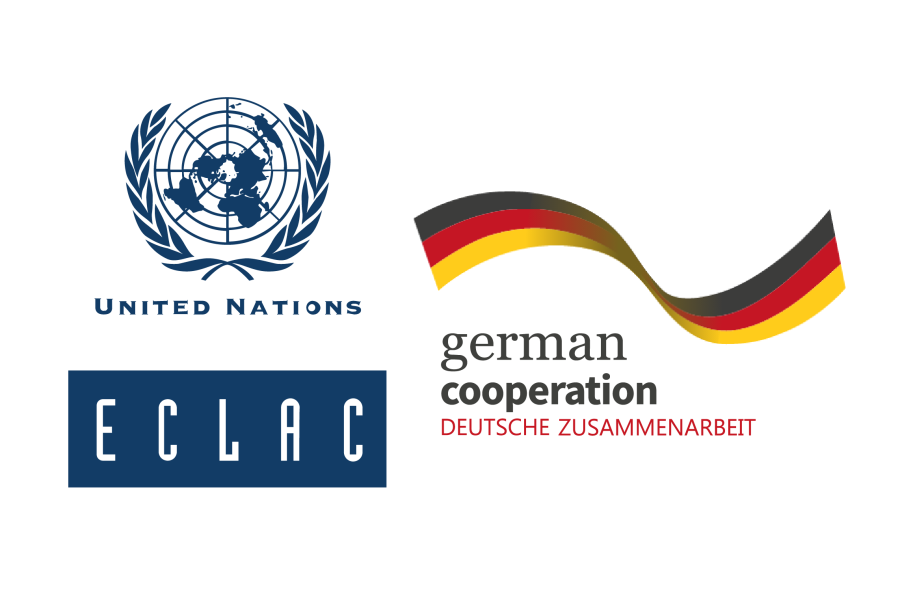Key findings of the Internet & Jurisdiction and ECLAC: Regional Status Report 2020
Work area(s)
Key findings of the Internet & Jurisdiction and ECLAC: Regional Status Report 2020
- Publication type: Project documents
- Publication corporate author (Institutional author): NU. CEPAL
- Publisher: ECLAC
- UN symbol (Signature): LC/TS.2020/68
- Date: 30 June 2020
Abstract
The Internet & Jurisdiction and ECLAC regional status report 2020 is the region’s first comprehensive exercise to map the different policy trends revolving around the transboundary nature of the Internet and how it affects different stakeholders, such as governments, companies and civil society. How might different regional and national regulations create barriers that hinder cross-border e-commerce and investment in digital markets? What economic and social benefits could be realized by harmonizing frameworks throughout the region?
A better understanding of this scenario is a key factor in fostering investor confidence, promoting innovation and economic diversification, attracting more confidence in the use of e-commerce and boosting a market of more than 600 million people, while opening up opportunities for businesses and particularly for small and medium-sized enterprises.
In order to help policymakers navigate the challenges ahead, the Internet & Jurisdiction Policy Network (I&J), in coordination with the United Nations Economic Commission for Latina America and the Caribbean (ECLAC), presents the key findings of the regional status report 2020. Ahead of the launch of the full regional status report in late 2020, the key findings set forth here provide a robust snapshot of the upcoming report. They include a preliminary mapping of policy trends, thereby providing analysis of legislative developments in the region around the right to be forgotten, geolocation and smart agriculture, among other topics.
Table of contents
- Foreword
- Method
- I. Executive Summary
- II. Introduction - Why a regional status report?
- III. Overarching Trends. A. The changing technological landscape. B. Foreign regulatory initiatives influence regional and national proposals. Normative plurality and concern over international influence. D. The role of territoriality and the exercise of sovereignty on a global network. E. New roles for intermediaries
- IV. Major topical trends in the LAC region. A. Expression. B. Security. C. Economy
- V. Major approaches to solutions in the LAC region. A. Legal Trends. B. Major Technical Approaches.
